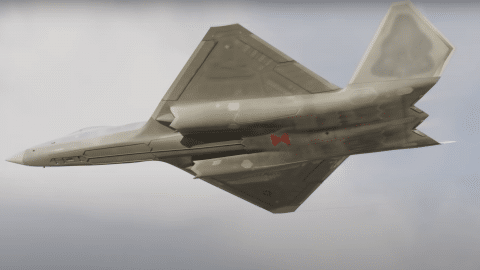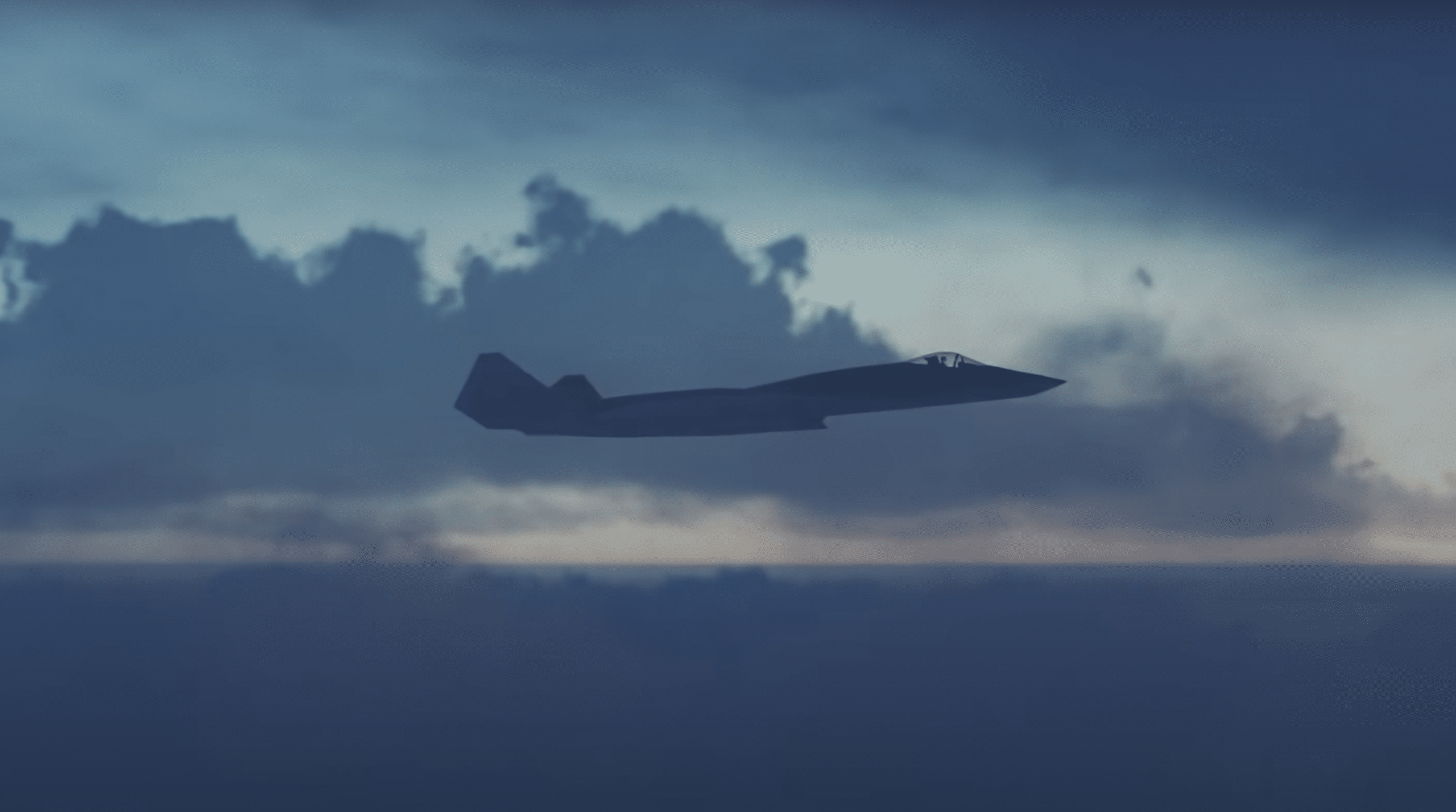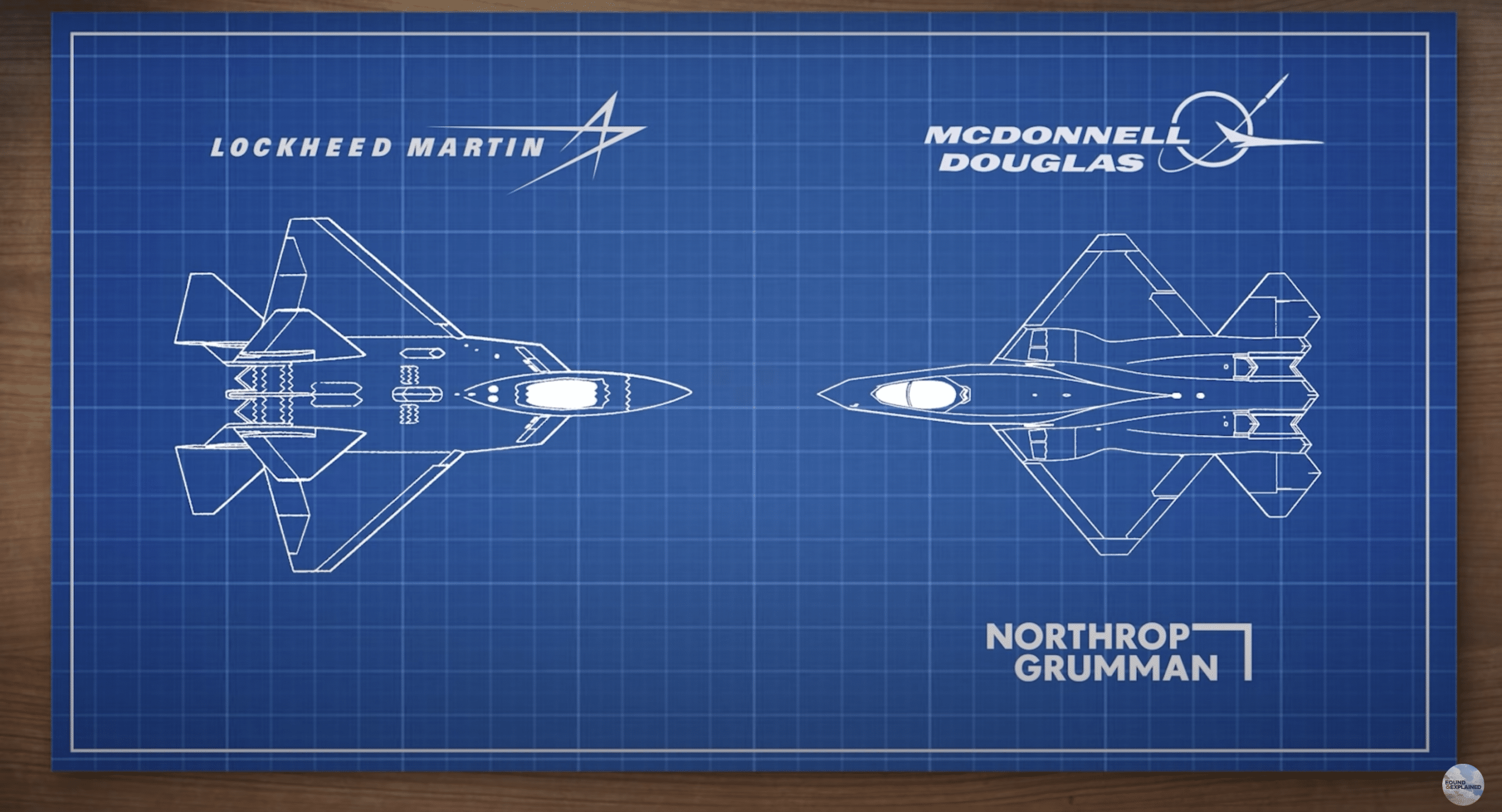
YouTube / Found And Explained
The YF-23 was slated to be the main competitor of the legendary F-22 Raptor as America’s air dominance fighter for the 21st century. And despite the YF-23 surpassing the Raptor in some aspects and requirements, the fighter never made it into mass production. Why is that?

Northrop went with an innovative design that incorporated some elements from proven concepts, such as its diamond-shaped wings and movable V-shaped tail. There were no horizontal stabilizers, relying only on the tail surfaces to provide the pitch and yaw during the flight.
Pratt & Whitney’s F119 engines were selected for the design, allowing the prototypes to achieve supersonic cruise speed without afterburners.

YF-23s were expected to be faster than the YF-22 – the prototype version of the Raptor. However, the former did lack thrust vectoring controls in the engine nozzles.
Still, the YF-23’s exhaust was made up of special materials to dissipate heat, helping the aircraft maintain its stealth capabilities. Moreover, the Black Widow II’s engines were positioned higher than the intakes on the front, allowing the S-shaped intakes and compressor blades to be completely hidden.

Because of these design choices, the YF-23 can be seen as slightly stealthier than the YF-22.
Its internal bay could carry up to six air-to-air missiles, with the possibility to add hardpoints on the wings, much like the F-22 has today.
The first YF-23 prototype took its maiden flight in 1990 and was given the name ‘Black Widow II’ in honor of the Northrop P-61 Black Widow.

Even though the YF-23 is a formidable aircraft, it still lacked one thing – high agility. We’re all aware of how agile and nimble the F-22 Raptor can be. Its impressive flight characteristics and all that comes with the airframe make the Raptor one of the scariest planes you could dogfight against.
As such, the US government decided that the YF-22 was to become the winner of the ATF program in 1991.